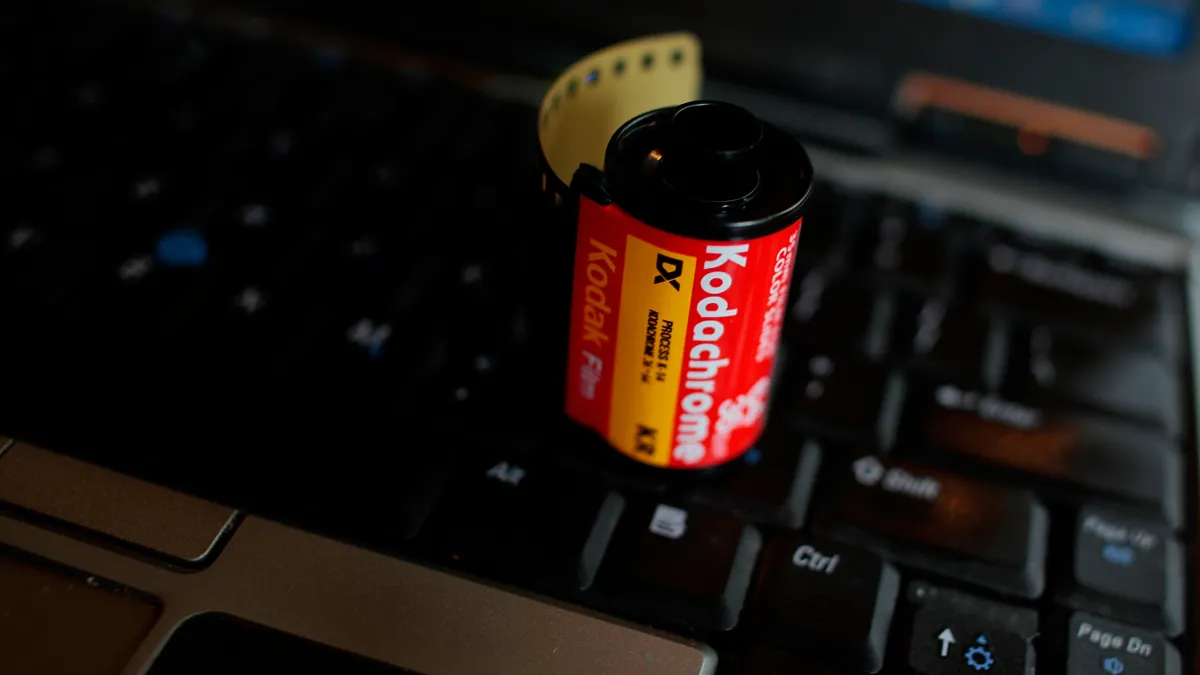Dive Brief:
- Throughout 2022, Kodak has been hiring talent at a rapid pace for 35mm film production.
- Per Nagraj Bokinkere, Eastman Kodak Company’s VP of industrial films and chemicals, the demand for this 35mm photography has “exploded” over the past few years. The company announced its hiring push on Oct. 12 via Twitter.
- The Rochester, NY-based camera company has also been transparent about its acquisition of more than 300 employees to keep up with manufacturing work flow. “Our retailers are constantly telling us that they can’t keep these films on the shelves,” Bokinkere said on the Greater Rochester Enterprise podcast. “They want more.”
Dive Insight:
Not only does this mark a notable comeback era for mainstream interest in film photography; this sort of rapid growth is remarkable in an era of tech layoffs and hiring freezes ahead of an impending recession and 10 years out from Kodak’s Chapter 11 bankruptcy filing.
The winds of change regarding film photography have long been stirring. In May, Forbes Technology Council Member Blair Currie wrote about Gen Z’s interest in everything retro technology and aesthetics: from secondhand clothes and old-school TV shows to film cameras. Similar to the re-emergence of vinyl, film is having a moment.
Interestingly enough, when Kodak filed for a $6.75 billion bankruptcy in January 2012, its lack of agility in embracing the digital camera was cited as one of the reasons the company had failed — despite being an early digital film pioneer. The steep nosedive in the stock market hinted early on to finance experts that Kodak was in the coffin before the actual Chapter 11 filing. Reuters reported that high pension costs had also tanked Kodak’s finances.
The company rose from the dead in September 2013, announcing plans to be a small, high-speed digital printing and digital imaging company — a far cry from its legacy as one of the largest employers in Rochester. At the time of revival, then-CEO Antonio Perez told reporters, “We’re not the largest competitor in the market, but we’re offering the biggest differentiation in the market.” Experts had recommended reinvention at the time.
The current incarnation of Kodak now “literally can’t keep up” with consumers' rabid interest in 35mm, according to Bokinkere. “In our film finishing area, for example, we’ve grown from five-day, single-shift operations just a few years back to, last year, three shifts, five days a week. And now we’re a 24/7 operation,” he said.
Back in 2013, some business experts had predicted that Kodak could bounce back from bankruptcy. Arguably, few thought it would look like this.
“Our strategy of being the last company standing in color films — in both consumer and motion picture — is paying dividends,” Bokinkere said.













